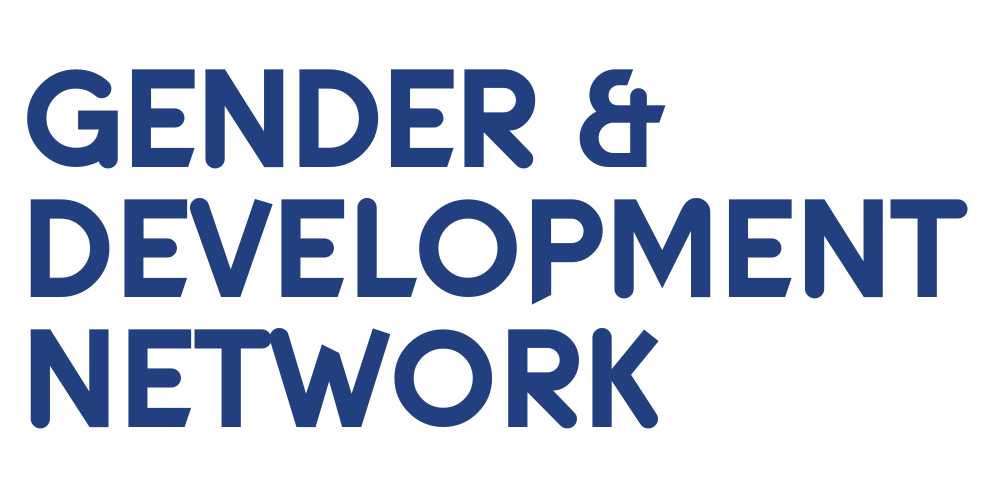Government Spending
Government spending on social protection, public services and infrastructure interact with women’s rights and gender equality, and can be a powerful tool when implemented in an integrated gender-responsive, transformative way.
Conversely, inadequate investment in public services and social protection will continue to harm women more than men, as women are the primary users of public services, and are also more likely than men to fill the gaps when these services are cut.
Mounting evidence suggests that austerity measures have a disproportionate negative impact on women and undermine gender equality. See: How social protection, public services and infrastructure impact women’s rights.
Many advocacy campaigns around economic policy and gender equality focus on the way in which resources are raised, but few consider how those resources should be spent.
GADN recommends that governments
Use gender-responsive budgeting, involving women-led civil society organisations, to ensure sufficient resources are allocated to implement laws, policies and programmes promoting gender equality.
Ensure access to gender-transformative social protection for all women throughout their lives, without regard to employment or migration status. including the introduction of broad-based, non-contributory social protection.
Increase investment in social infrastructure, especially gender-transformative care services. This will provide decent work for women, reduce their care burden, and ensure better provision of care for the whole of society while improving the productivity of the workforce in the long run. Such investment is self-sustaining, creating employment – and particularly employment for women – that will generate future government revenue streams, so can be funded through deficit financing if necessary.
📷 Head antenatal nurse Margie Harriet Egessa at Mukujju clinic. Tororo, Uganda (July 2014) © Jonathan Torgovnik

